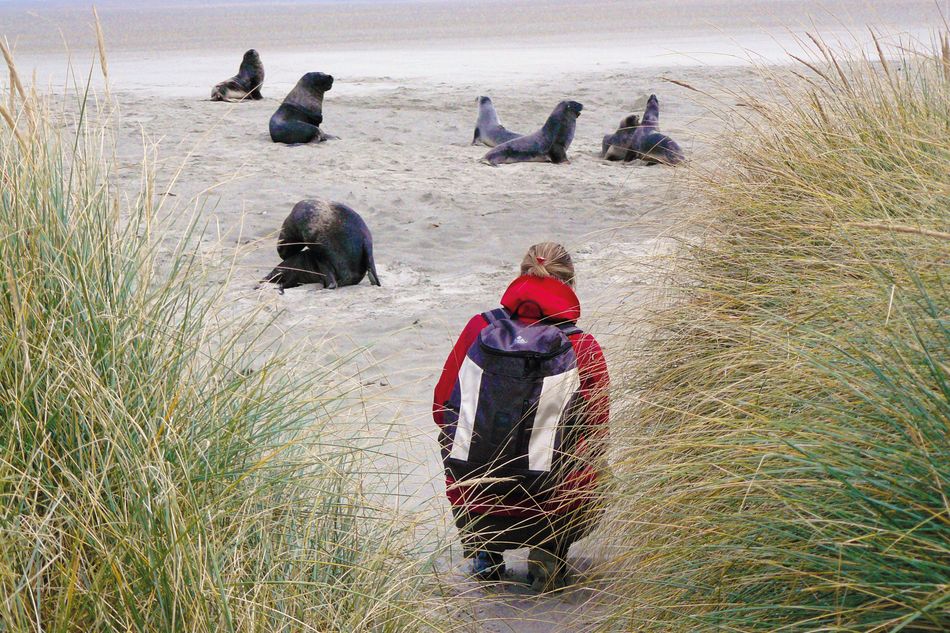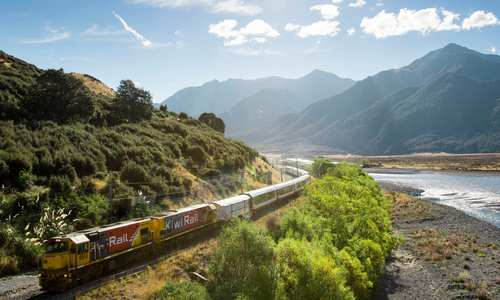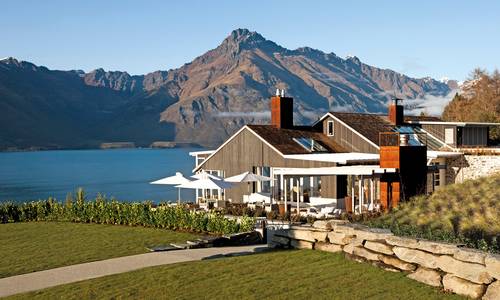Introduction
The south-eastern corner of New Zealand's South Island is perhaps the least explored part of the country. Its largest settlement is Dunedin, an attractive and welcoming place with strong Scottish roots. The nearby Otago Peninsula is home to rare marine species and seabirds, some of which are found in greater numbers here than anywhere else in the world.
Explore Dunedin
Otago's main city was once New Zealand's largest. And, the influence of its Scottish founders can be seen in its Gothic-revival architecture and the names of its streets and suburbs. In fact, Dunedin itself wad the old name for Edinburgh. Today, you'll find a city full of creativity, thanks in part to the University of Otago – New Zealand's oldest – whose students create a youthful buzz. The city's central plaza, the Octagon, is home to the impressive St Paul's Cathedral and Dunedin Public Art Gallery, which houses centuries-spanning collections from local and international artists alike. And, just a short hop from the city, you'll find a beautiful and varied coastline with good surf and swimming beaches as well as swathes of open countryside.

The Octagon, Dunedin
Visit the Otago Peninsula
This hilly peninsula to the east of Dunedin is one of New Zealand's most impressive wildlife hotspots. Species here include the little penguin, hooker sea lions, elephant and fur seals and the endangered, and the wonderfully named, hoiho. The real stars however are the royal albatrosses, which can be spotted soaring above Taiaroa Head. These magnificent birds, with a wingspan of between two and three metres, usually breed on offshore islands, making the Otago Peninsula the only mainland albatross breeding colony in the world.

The Otago Peninsula










